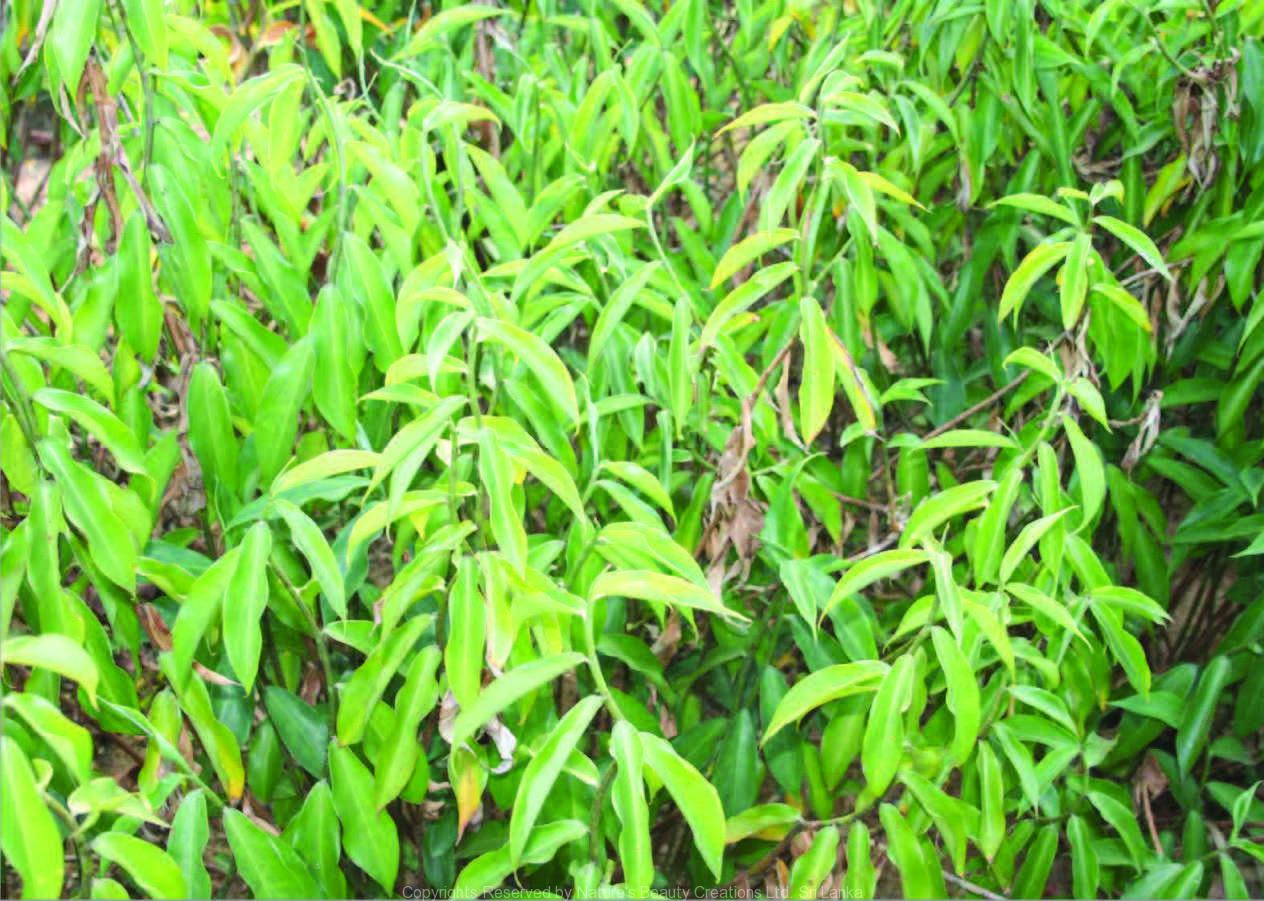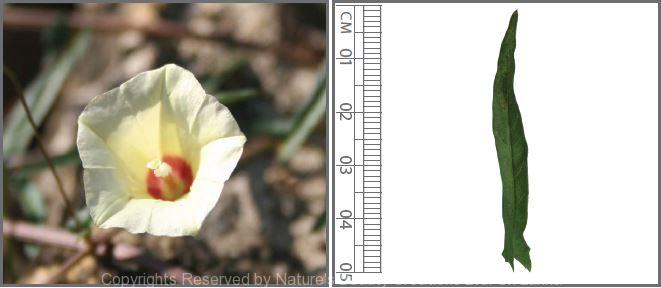

Traditional Knowledge
Useful plant parts :
Leaf and rhizome
Uses in traditional medicine :
- Young leaves prepared as a vegetable is taken for constipation and gastric ulcers
- Dried rhizome powder is taken with ghee after dinner to improve sexual ability of males
Scientific Research
Chemical constituents:
Sesquiterpene lactones: eremanthin, costunolide from plant; higher ketone: triacontanone derivatives, steroid saponin: diosgenin and sitosterol from roots; furostanol saponins: costusoside I and J from seeds
Bioactivity :
Costunolide and hexene extract of plant: antifungal; eremanthin: hypoglycaemic, hypolipidaemic; costunolide and eremanthin: protective against oxidative stress; methanol extract of plant: anti-inflammatory, analgaesic, antipyretic, antiarthritc; aqueous and ethanol extract of rhizome: antinociceptive
Clinical:
References : Bhattacharya, S. and Nagaich, U., (2010), Assessment of anti-nociceptive efficacy of costus speciosus rhizome in swiss albino mice, J Adv Pharm Technol Res, 1(1), 34-40. Duraipandiyan, V, and Ignacimuthu, S., (2011), Antifungal activity of traditional medicinal plants from Tamil Nadu, India., Asian Pacific Journal of Tropical Biomedicine, 1(2), 204-215. Eliza, J. et al., (2009), Antidiabetic and antilipidemic effect of eremanthin from Costus speciosus (Koen.)Sm., in STZ-induced diabetic rats, Chemico-Biological Interactions, 182, 67-72. Eliza J. et al., (2010), Antioxidant activity of costunolide and eremanthin isolated from Costus speciosus (Koen ex. Retz) Sm., Chemico-Biological Interactions, 188, 467-472. Guptha, M. M. et al., (1981), Aliphatic hydroxyketones and diosgenin from Costus speciosus roots, Phytochemistry, 22(11), 2553-2555 Gupta, M. M. et al., (1982), Aliphatic compounds from Costus speciosus roots, Phytochemistry, 21(1), 230-231. Singh, B. et al., (1982), Costusiside I and costusoside J. Two furastanol saponins from seeds of Costus speciosus, Phytochemistry, 21(4), 911-915. Srivastava, S. et al., (2012), Evaluation of anti-arthritic potential of the methanolic extract of the aerial parts of Costus speciosus, J Ayurveda Integr Med, 3(4), 204-8. Srivastava, S. et al., (2013), Antiinflammatory, Analgesic and Antipyretic Activities of Aerial Parts of Costus speciosus Koen, Indian J Pharm Sci, 75(1), 83-8. Vijayalakshmi, M. A. and Sarada, N. C., (2008), Screening of Costus speciosus extracts for antioxidant activity, Fitoterapia, 79, 197-198.
Copyrights Reserved By
Natures Beauty Creations



